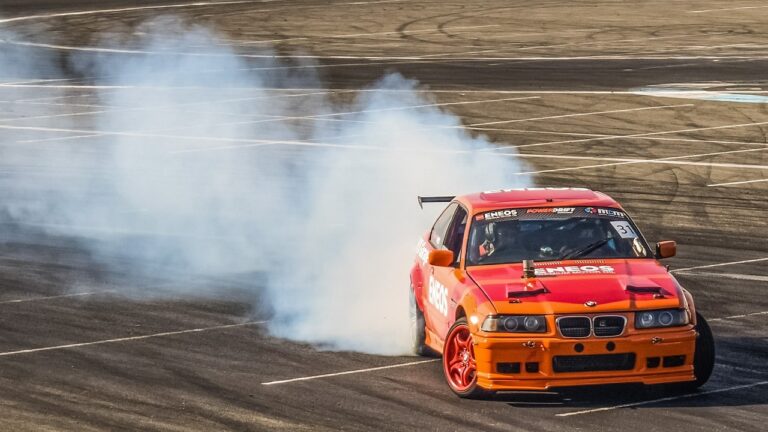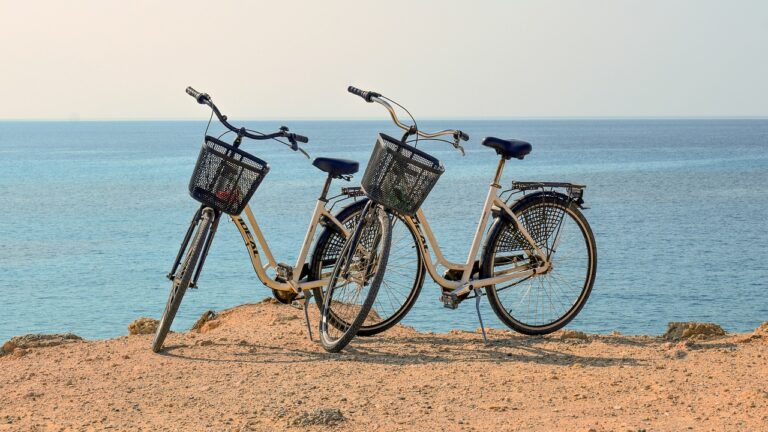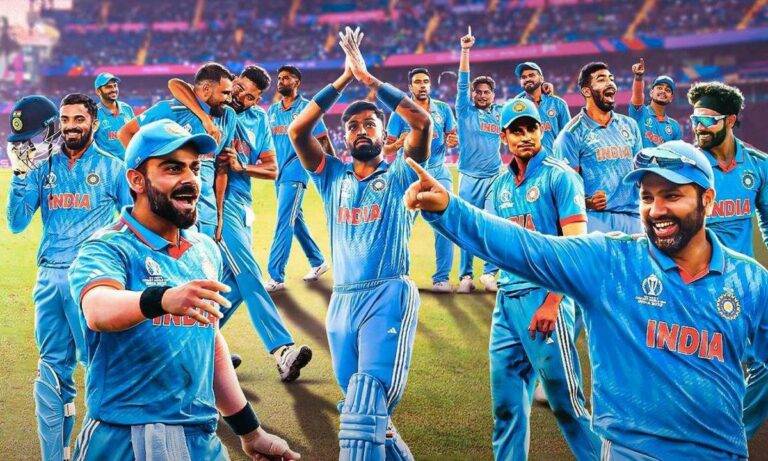Innovations in Cricket Ball Construction
Betbhai9, Betbook247: Cricket balls have undergone significant advancements in terms of materials used in their construction. Traditionally, cricket balls were made from a cork core wrapped in layers of twine and leather. However, modern cricket balls now feature a core made of cork and rubber, providing better durability and bounce on the pitch.
The outer layer of a modern cricket ball is typically crafted from high-quality leather, which is carefully stitched together to form the iconic red or white ball used in different formats of the game. The meticulous design and selection of materials ensure that modern cricket balls are able to withstand the rigors of professional cricket matches while maintaining consistent performance throughout the game.
Evolution of Cricket Ball Cores
Modern cricket balls have undergone significant changes over the years, particularly in the evolution of their cores. Initially, cricket balls were made using a solid and rather hard core, typically composed of layers of cork tightly wound with string. This core design was effective in providing the required weight and bounce for the ball, although it lacked the desired durability and consistency in performance.
Advancements in technology and materials led to the development of layered cores for cricket balls. The introduction of a cork and rubber composite core revolutionized the manufacturing process, allowing for better control over the ball’s bounce and seam movement. These composite cores offered improved durability, responsiveness, and overall performance on the cricket pitch, enhancing the playing experience for both bowlers and batsmen alike.
What materials are commonly used in modern cricket balls?
Modern cricket balls are typically made with a core of cork, wrapped in layers of twine, and covered in leather.
How has the evolution of cricket ball cores changed over time?
The evolution of cricket ball cores has seen a shift from solid wood cores to the use of cork, which provides better bounce and durability.
Why is cork the preferred material for cricket ball cores?
Cork is lightweight, durable, and provides good bounce, making it the ideal material for cricket ball cores.
How does the use of twine and leather affect the performance of a cricket ball?
The layers of twine and leather wrapped around the cork core help to maintain the shape and stability of the ball, as well as provide grip for bowlers.
Are there any regulations regarding the materials used in cricket balls?
Yes, the International Cricket Council (ICC) has specific regulations on the size, weight, and materials used in cricket balls to ensure fair play and consistency in the game.







